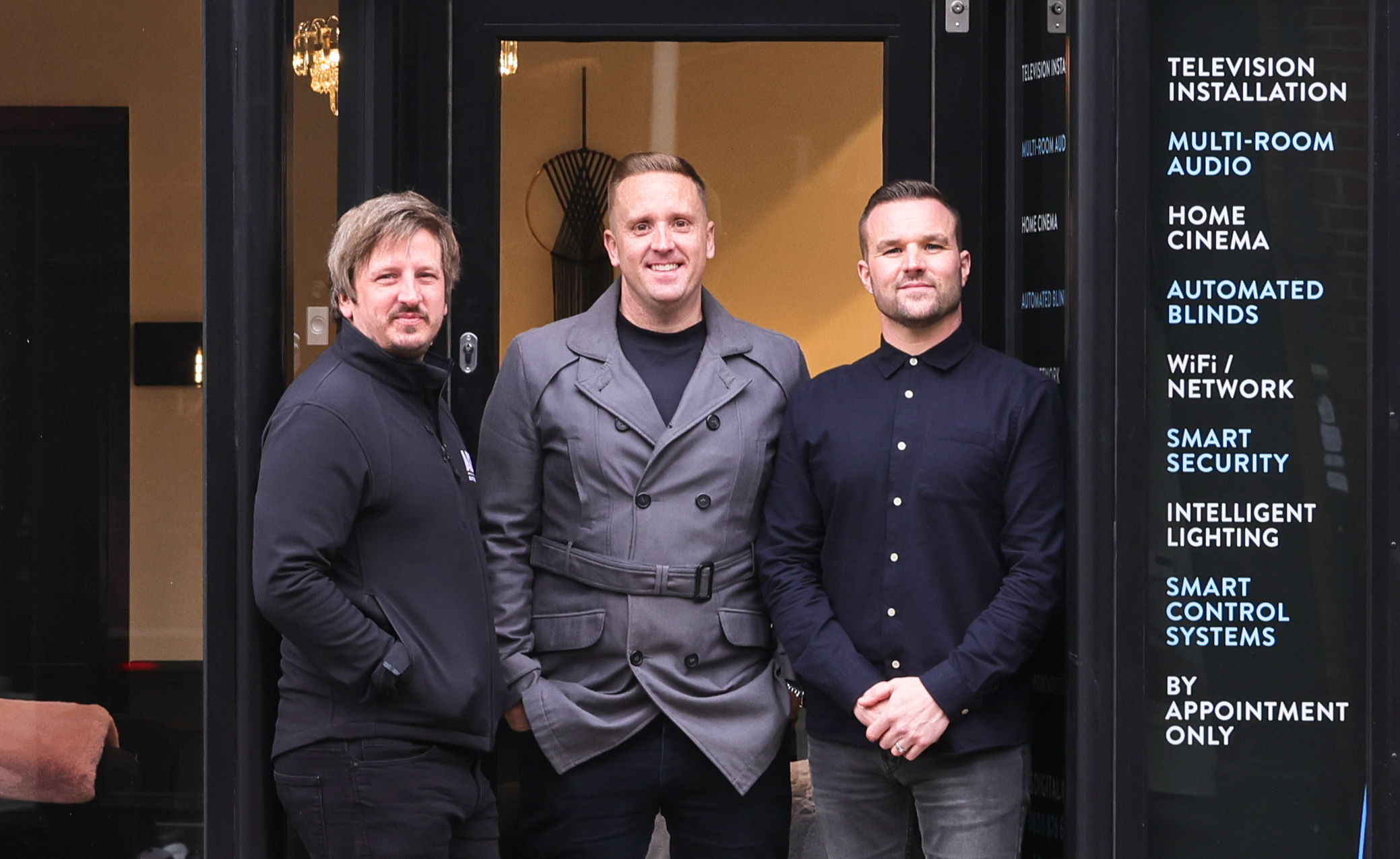You’ve finally purchased your brand new CCTV security system and now it’s time for installation. We understand how the whole task can very quickly become overwhelming, resulting in loss of enthusiasm and dampened spirits.
This guide aims to walk you through the entire process of installing your CCTV system and help you come out the other side, victorious.
With the growth of DIY camera security systems, home and business owners can easily install CCTV systems on their premises. However, installation requirements can vary depending on the complexity of your security system, and sometimes hiring professionals to do the job while you sit back and relax can be the best solution.
Read through the following information to decide the route that suits you and your security needs.
Choosing the right location
It is important to pre-plan your CCTV installation by deciding which areas you would like your cameras to cover and consequently choosing where you’re going to install them to get the best coverage of the interested areas.
Whether you’re installing your cameras inside the premises or outdoors, it is important that you make sure there are no obstructions that will block the view of the camera and that you pick locations which will be fairly easy to install in, such as the ceiling.
Location needs to be especially considered when it comes to wired systems, as you will need to run the cables from the cameras to the DVR box, so it is important to choose an area that is accessible.
For example, if might look aesthetically pleasing to mount your camera to the exterior wall, above your front door, which would also give you great coverage of your porch.
However, you need to think about how you are going to route the wiring in order to make it work. You will need to use your own judgement on this, but this will always be your limiting factor when it comes to CCTV installation, so make sure you keep it in mind!
Environmental factors
There are various environmental factors to consider when installing a camera security system. Ignoring such factors in monitored areas is the most common mistake made in CCTV installation.
To make sure that you get the most out of your security system, we suggest that you first survey the areas you are planning on covering with your cameras and identify any spots with poor or radically unequal lighting, as insufficient ambient light level could render your footage indecipherable. To solve this issue, you could invest in some motion-activated lights for outdoor cameras in areas with poor lighting that still require coverage or look into cameras with night vision features.
Other factors to consider are humidity levels, dust and vibrations which can significantly affect the lifetime of your cameras and wiring. Additionally, if you experience some EM interference, you may need to require special provisioning for long-distance data cables.
Experts like us at ADS Smart Home, specialise in camera systems so we will be able to advise you on the best equipment to use to resolve the issue and can audit your security setup to ensure that you are fully covered.
Mounting the cameras and running the cables
Depending on where you’re going to be installing your cameras, you may need to consider the type of tools that you are going to use. For drilling through materials like wood, aluminium and drywall, a regular power drill will work just fine. If you have decided to mount your cameras outdoors and have to drill through brick or other masonry, you will most likely require a hammer drill.
To start, mark the areas where you are planning on feeding through the cables. This can be done by holding up the camera to the wall or ceiling and drawing on the areas with a pencil. Some CCTV kits might come with a sticker template, which is the most accurate and safe method of marking.
Using the correct tool, drill through pilot holes where the camera mounting screws will go, followed by a bigger hole in the center that the cable will be pulled through. Once you’ve drilled the holes for your cameras it’s time to feed through the cables.
You will need to decide where you would like your cables to converge. If you chose to feed your cables through the loft, you need to consider the fact that you will have to pull your cables down all of the floors in your home or business.
We recommend that you ask a friend to help you with this step to help you save time and ideally use a steel fish tape to feed the cables through the holes. Once done, you can hook up the cameras to the cables and mount them to the wall or ceiling.
After connecting all of the cables to their respective cameras, you will need to route them to the DVR box. You will need to drill holes in all walls and ceilings that the cables need to be fed through or use previously drilled holes cleared for other cable runs.
The way you install your DVR box is completely up to you. You can use the mounting hooks on the back or simply have it sit on a desk or a shelf. Once you’ve pulled the cables through your house, connect them to the box and configure your CCTV system.
Top tips for CCTV installation
Follow our top tips for CCTV installation to make sure that you get the most out of your camera security system:
- Avoid backlighting and lens flare – bright light such as direct sunlight or street light can bleed the footage out resulting in a very pale image. Reflection from the sun can also cause lens flare, white circles or dots on your security footage.
- Mount your security cameras out of reach – you do not want your cameras to be easily accessible, as they might be broken or disarmed by an intruder. Make sure not to mount your cameras too high, however, as you still need to be able to identify the people in the footage.
- Check access to Wi-Fi (wireless cameras) and power outlets (wired cameras) – the further away from your router, the worse the quality of the footage due to poor signal. To improve the quality of your images, use Wi-Fi extenders to ensure good signal at each camera location.
- Monitor entry and exit points – you want to be able to see anyone entering your premises in case of an intrusion, so these are the most important areas to cover.
- Use CCTV installation professionals like ADS Smart Home to ensure the proper and efficient set up of your CCTV system.
Our advisors are here to help! If you’d like to find out more about CCTV installation, give us a call on 0800 876 62525 or contact us online.


